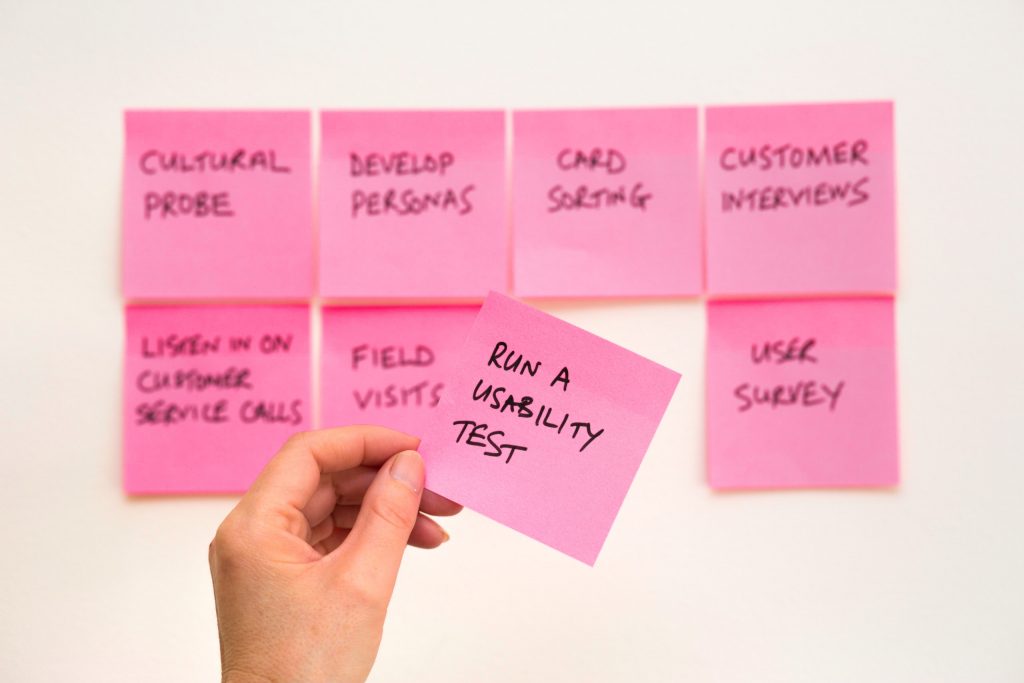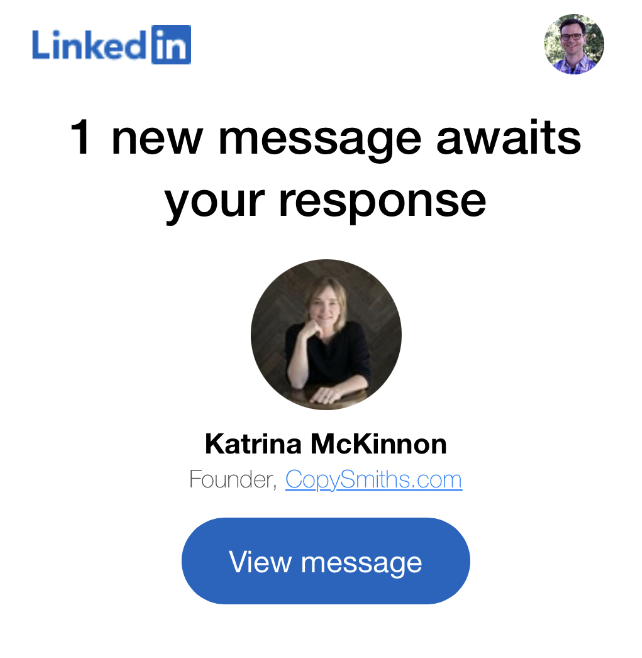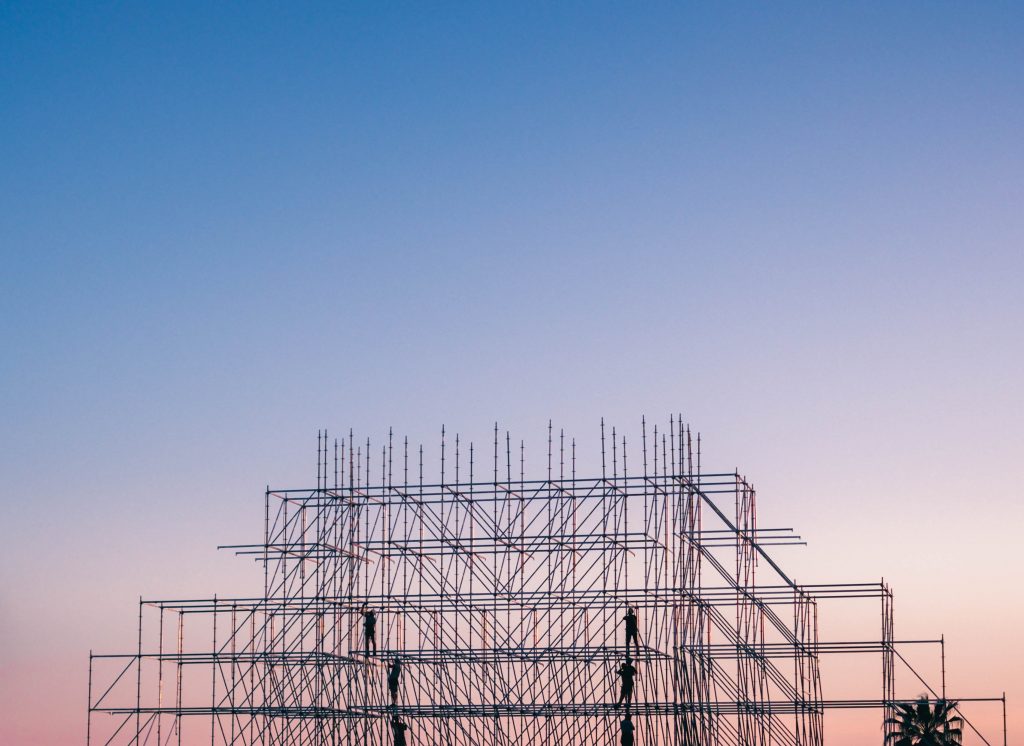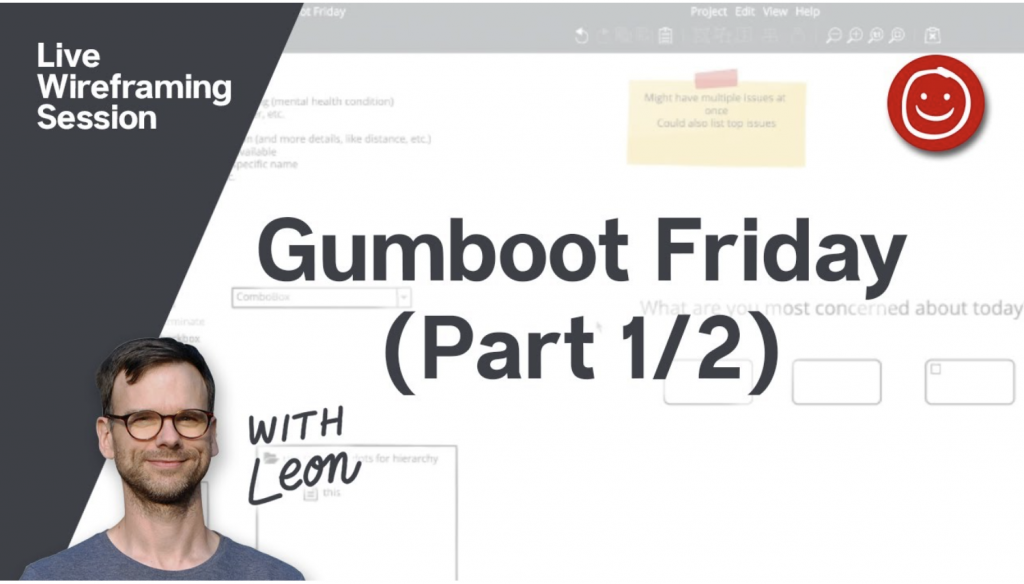In 2022 user experience design remains a highly-coveted and relatively satisfying profession. But as a long-time practitioner, I’ve started to see, for the first time, a noticeable trend in feelings of burnout and frustration in our field.
Many of us got into UX because we wanted to make tools and products easier for everyone to use. Well-executed user experience design can make technology safer, more affordable, and more accessible. The growth of UX came from a combination of its lofty promise and the competitive advantage it brought to companies who invested in it and saw their profits rise.

But we are starting to see UX become a victim of its own success. Companies in highly-competitive markets are realizing that UX designers can not only help customers achieve their goals but also help the company achieve its goals of increasing growth or revenue more directly. In some industries there has been a shift from focusing on what is good for the user to what is good for the business.
Take “engagement”, for example. Many companies’ revenues are closely tied to the amount of time that its users spend on their site, so their business goal is to retain or attract visitors, separate from each person’s initial goals for using the site. And designers are often assigned to work on these projects.
One project that I noticed a while ago was LinkedIn moving from showing you what a connection said in their message to you to requiring you to go to the site to view the message (note: this strategy is not unique to LinkedIn).

This change certainly helps LinkedIn achieve their goal of getting me to visit their site, but it slows down the process of helping me attain my goal of reading the message.
We have even seen a new job title emerge recently: Growth Designer. The role of a growth designer is “to help product managers and design teams build a product that will inherently drive adoption and growth.”

You could argue that this change is inevitable and proves the effectiveness of UX. In The Slow But Inevitable Demise of UX Design, Andy Budd explains the transition in UX work over time:
The nature of the work changed. While a lot of the early projects, especially amongst agencies were zero-to-one projects where you were building something new for the first time, the majority of designers found themselves improving existing products. As such the focus for many designers switching from conceiving whole systems to rolling out new features or improving existing user flows
He then explains the state of design today:
From a design perspective we’re also surrounded by enough scaffolding-in the form of design systems, user research and competitor products-to mean that most teams don’t need the rigor that came with the historic practice of UX design.

Mark Hurst, in Why I’m losing faith in UX, has a more cynical take. He references the notoriously difficult Amazon Prime cancellation process, which, rather than facilitating a good experience, interferes with it, and goes on to say:
Amazon has embraced a new kind of UX… What should be a single page with a “Cancel my subscription” link is now a six-page process filled with…deceptive design tricks known to mislead users.
This isn’t an accident… There’s a highly-trained, highly-paid UX organization at Amazon that is actively working to deceive, exploit, and harm their users. UX has completely flipped now, from advocating for the user to actively working against users’ interests. To boost profits, UX has turned into user exploitation.
Responsibility starts with you

There is an antidote to UX burnout, and to the trend of growth design and “user exploitation.” That antidote is doing meaningful work with organizations that aren’t focused on shareholders or their stock price.
There are many, many organizations that are driven to improve access, equity, sustainability and society that need you. By choosing to work for them, you are making a difference not only through the work that you do for them, but by not aiding the companies that have exacerbated income inequality and marginalization.
As a designer you have a powerful, in-demand skill that has been proven to be successful. Instead of using it to generate more wealth where plenty already exists, consider using it to benefit those who need it most. The work may not pay as well or sound as impressive to your friends, but it is often greatly satisfying. The people at these organizations are some of the most dedicated and passionate people you will ever work with.
At a minimum, there are two things you can do right away:
- Understand the business model of your employer. Is it fair? Is it sustainable? Is it responsible? Who benefits from the success of your company and who would suffer from it’s failure?
- Volunteer your design or technical skills. Here are some places to start – Design Gigs for Good, OpenIDEO, Open Source Design, UX Rescue. Underdog political candidates always need volunteers too!

In the article I first mentioned above, Andy Budd describes the early days of UX where most of the work was to introduce user experience to a product or team for the first time as the “golden age.” It was easy to see the impact of your work then, which not only lead to personal satisfaction but a clear improvement for the users.
In my role at Balsamiq one of my favorite things that I get to do is participate in Live Wireframing Sessions with non-profit organizations who we donate our product to. It’s opened my eyes to the unmet needs of people, animals, and the environment, the nameless people who are dedicated to helping them, and the glaring lack of UX resources supporting their projects.
I recently spent an hour with The Key to Life Charitable Trust helping them redesign their website which matches young people in crisis with free counselors and therapists. It’s an inspiring program, but it’s also an incredible UX project, one where the experience design is crucial to its success. Users often arrive at the site in distress, so it is critical that the design is clear, easy to follow, and reassuring.

Before that, I also learned about and designed wireframes for programs that:
- Create viable and lasting populations of endangered species,
- Teach kids about water contamination,
- Provide disaster relief, recovery efforts, and microloans, and
- Locate nearby food donations for people who have been financially affected by COVID-19.
Nearly 10 years ago I wrote about the User Experience Gap between the products designed by household-name tech companies and those created with design as an afterthought. While that gap has closed in some areas, it has also grown in areas that have become technologified (firmware update interfaces for washing machines and refrigerators, for example).
In that article I wrote “If you really want to make a difference as a UX designer, go where UX is lacking” and I think that’s as true today as it was then. But now I would add a push to find people and organizations that are doing good for the world who are free from the influence of shareholders and venture capitalists. Responsibility starts with each of us, and the best way to make change is with our time and our choices. Where you work matters.
Cover Photo: Courtesy of Pexels










